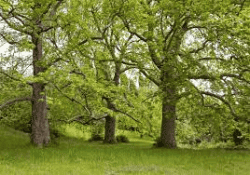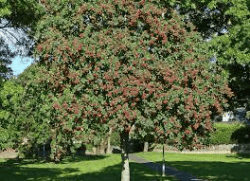Native trees first colonised Britain between 10,000 and 6,000 years ago, after the last ice age. The first humans to reach the British Isles brought with them plants and trees that they found useful. This natural selection has continued to influence the trees that are native to Britain. In fact, we now know that the British Isles are home to a wide variety of trees, as well as to a number of invasive species.
In addition to being a great source of oxygen, trees native to the UK have adapted over thousands of years to thrive in the region. As a result, they are likely to have deep, extensive roots that prevent soil from washing away in the wettest weather. Furthermore, they are less likely to require protection from the British seasons. By planting native trees, you’ll be helping local plants and animals survive and flourish. Native trees of Britain are great for your garden.
Another native tree to Britain is the sycamore. This species is part of the maple family and was introduced to the UK during the sixteenth century. It grows to 100 feet tall and can live for 400 years. Its flowers are yellow-green, and their seeds are ‘helicopter’-shaped. This type of tree also fixes nitrogen from the air and is the most popular tree in the British Isles. For this reason, it is considered a valuable source of food for many animals.
The most common oak in Britain is the pedunculate oak. This tree is distinctive because of its sprawling crown and crooked branches. The pedunculate oak’s female flowers are carried on long stalks, while the male ones are borne in hanging catkins. Acorns develop in pairs next to alternate scalloped leaves with ear-like lobes at the base. Pedunculate oak is widely planted in urban areas because of its adaptability to city life. Oak is a popular choice for furniture and construction. For more information on Oak Garages, contact www.timberpride.co.uk/oak-framed-garages
Rowan is one of the most common trees in the UK, with its glossy, spiked leaves and bright red berries. These berries are poisonous to humans, but provide vital food for birds and small mammals. Its branches are renowned for their Christmas wreaths, but can suffer from holly leaf blight. This disease has been increasing in frequency over the past 10 years and can lead to dieback.
Scots pine were introduced to Britain in the 1830s by botanist David Douglas. They grow up to 55m in height and can live more than 1000 years. Despite its large size, Douglas firs are commonly used for timber in construction work. It is also often used for decking and flooring. Silver birches are also native to the UK and have white pearly bark.


